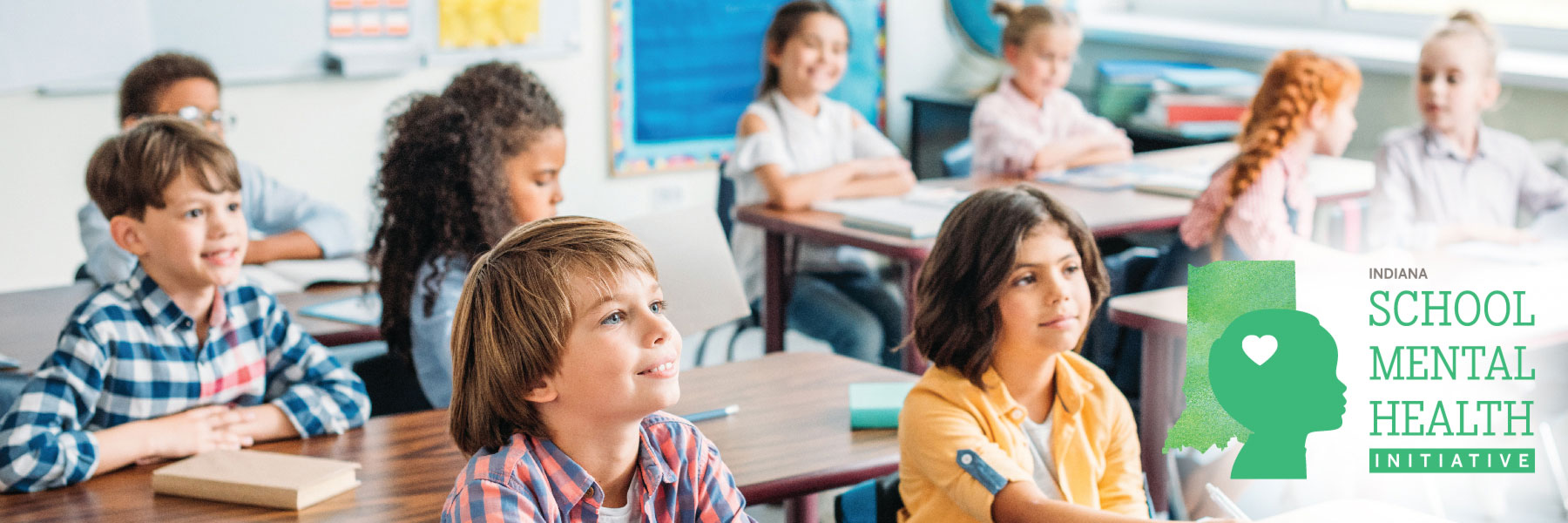Our mission at the Indiana School Mental Health Initiative is to work alongside school districts and community partners to create a community of practice by providing resources, consultation, professional development, and education that promote and sustain the social, emotional, behavioral, mental, and physical health of Indiana’s school-aged children.
The reason we do this work is because we know through our practice and our research that children with stressed brains perform considerably less well in school than those children who are able to come to school prepared to learn. Our work is focused on ensuring that all children, regardless of circumstance, are provided with the social emotional skills and good mental health needed to be successful. Each day we strive to assist schools and community partners in creating the conditions for learning for all of Indiana’s school-aged children.
What We Do
700+Indiana educators, community mental health providers and related professionals came together to plan school district implementation of mental health support at ISMHI’s 2nd Annual Educating the Whole Child Summit in 2020.
10 yearsOn average there is a 10 year delay between children first displaying symptoms of mental health problems and getting help. (Khan, 2016)
16.5% childrenIn the USA 16.5% of children (7.7 million) have at least one mental health disorder. With individual states ranging from 7.6% (Hawaii) to 27.2% (Maine). (Whitney & Peterson, 2019)
References
Khan L. (2016) Missed opportunities. A review of recent evidence into children and mental health. Centre for Mental Health. https://www.centreformentalhealth.org.uk/publications/missed-opportunities/
Whitney, D.G. & Peterson, M.D. (2019). US National and State-Level Prevalence of Mental Health Disorders and Disparities of Mental Health Care Use in Children. JAMA Pediatrics,173(4), 389–391. doi:10.1001/jamapediatrics.2018.5399
Whitney, D.G. & Peterson, M.D. (2019). US National and State-Level Prevalence of Mental Health Disorders and Disparities of Mental Health Care Use in Children. JAMA Pediatrics,173(4), 389–391. doi:10.1001/jamapediatrics.2018.5399


